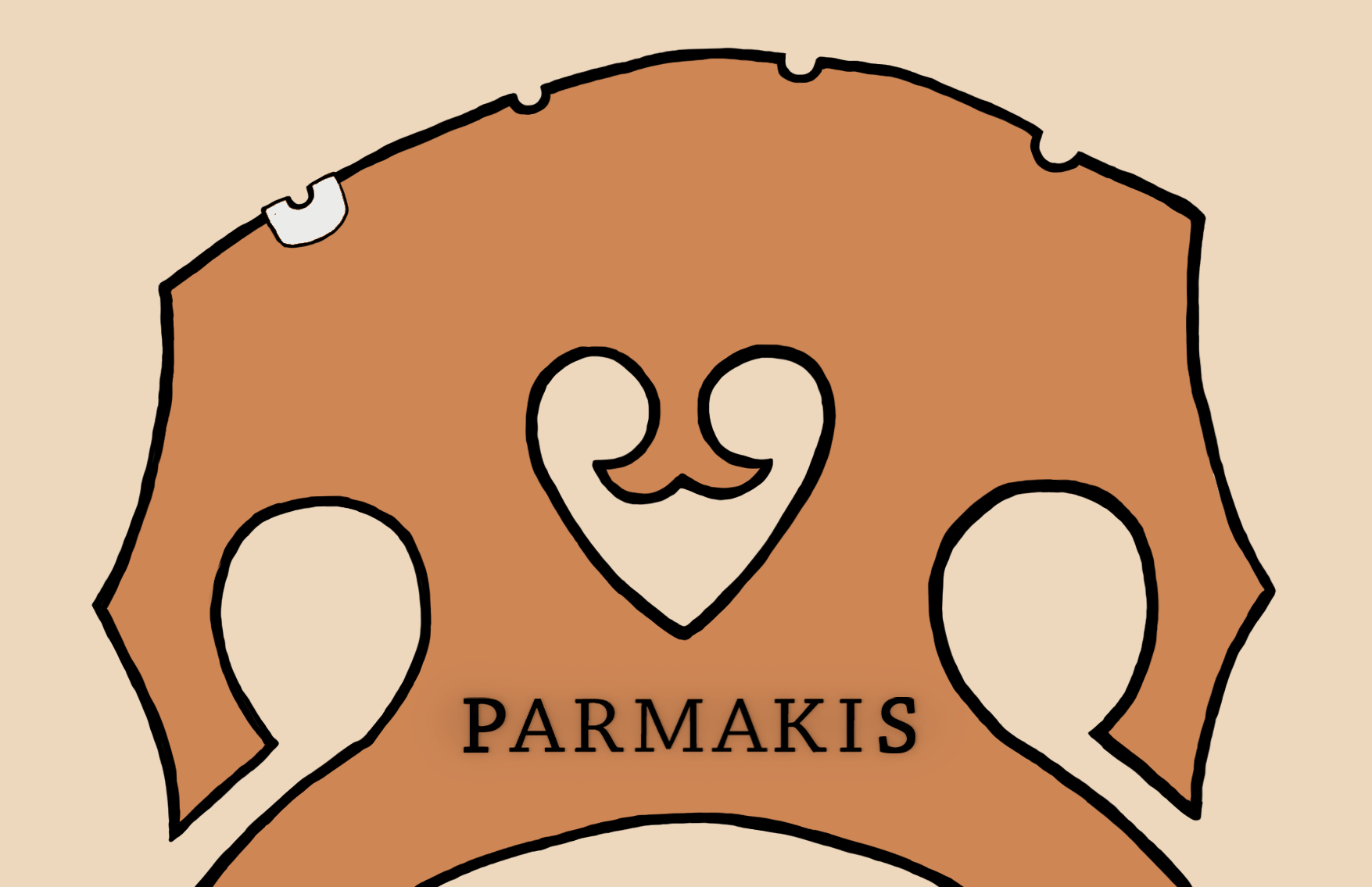
This cello came in because the owner wasn’t really satisfied with the tone and projection. She also struggled to tune it with the pegs, which were a form of early metal peg but without any mechanical functionality, and much harder to operate than regular wooden pegs would have been. The endpin also slipped quite easily.
When I examined the cello I found that the bridge was simply not the right width for the internal components of the instrument leading to the bass bar and soundpost being unable to do their job properly. I replaced the bridge as well as fitting a steel tailpiece cable to help clarify the sound. I also fitted a set of much more effective modern geared pegs and a new end pin.
The front of the cello had also got quite grimey and needed a good clean and polish.









